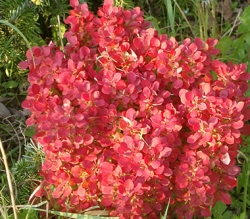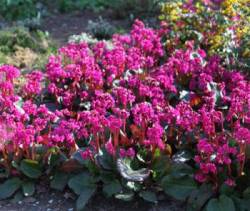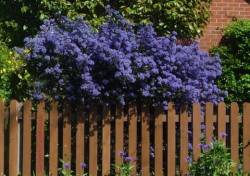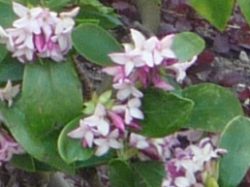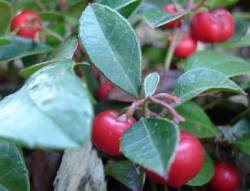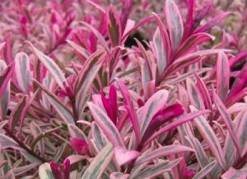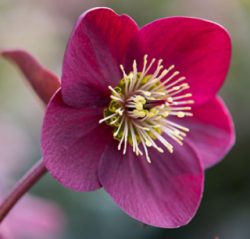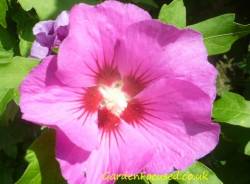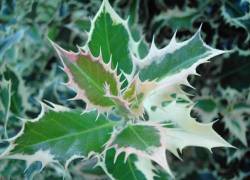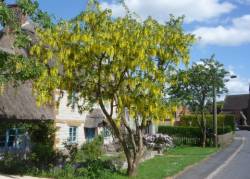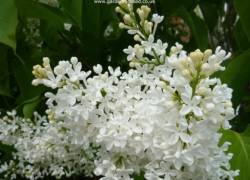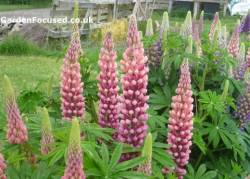ORNAMENTAL TREES AND SHRUBS UK
We review thirty of the most popular shrubs, small trees and perennials in the UK today. These plants form the backbone of a well thought out garden and we concentrate on the easy care ones. Many are flowering and all offer exceptional interest for long periods of the year. All the individual articles are fully illustrated with pictures from the gardens of amateur gardeners
Because we don’t sell these plants you can be sure that our expert advice is honest. We offer practical advice on how to plant and care for each of them and where the best bargains can be found.
If you need to find a shrub for a particular set of conditions (e.g. those which will grown well in dry shade) then our SHRUB FINDER is ideal.
AUTUMN FLOWERING ASTERS
If you’re looking to plant one or more asters in your garden you first need to know the come in a large variety of sizes and flower types.
There are four commonly grown species of asters in the UK; Aster amellus, frikartii, novae-angliae and novi-belgii. ….. more
WINTER DOGWOOD
Winter interest dogwoods include varieties of Cornus alba, Cornus sericea and Cornus sanguinea which is native to the UK. They are grown almost exclusively for the beauty of their coloured bark ….. more
EUONYMUS FORTUNEI
All varieties of Euonymus Fortunei are evergreen and hold their colour particularly well in winter. Height and spread does depend on the variety from 1m / 3ft for “Emerald n Gold” up to 2.5m / 8ft for “Silver Queen”. They are easily pruned to the height and shape ….. more
FATSIA JAPONICA
Fatsia japonica is an evergreen shrub which grows to about 2.5m high and has rather exotic and tropical looking leaves. It prefers a shaded position and will not thrive in full sun. They are strong growing plants and recover well even if treated badly ….. more
Gaultheria procumbens makes an excellent evergreen shrub, growing to only 30cm / 1ft high. Small white / pink flowers in July and August then red berries into late autumn. The foliage turns reddish in winter. …..more
HELLEBORE
Hellebores flower in winter to early spring and are small plants, easily missed at that time of year. So if you plan to grow some, and they are well worth it, be sure to plant them somewhere where they will be appreciated.
Ours are planted in a semi-shady spot near the back door so whenever I venture out into the garden in the chill of winter and early spring they …..more
HIBISCUS SYRIACUS / ROSE OF SHARON
Hibiscus syriacus, also known as Rose of Sharon and in the UK rose mallow, grows to about 3.5m / 11ft high and 2.5m / 7ft wide.
This makes it unsuitable for very small gardens but ideal for medium and larger sized plots ….. more
Hypericum Hidcote is by the most common of the group producing masses of medium sized yellow flowers in July to August. It is evergreen in most winters and forms an attractive dome shaped shrub which is extremely easy to care for ….. more
JAPANESE MAPLE
As a general rule, Japanese Maples which are green in the summer withstand a good amount of sun throughout the year.
In sunnier areas of the UK they should be in semi-shade for part of the afternoon. This will reduce ….. more
The most common Laburnums in the UK, by a huge margin, are the common Laburnum (Laburnum anagyroides) and the hybrid Laburnum x watereri ‘Vossii’. Another common generic name is the Golden Chain tree. There are other types but for most gardeners these are the ones that grow best in most parts of the UK ….. more
LAVENDER
Lavenders are evergreen shrubs growing to between 35cm / 1m (14in to 3ft) high and a slightly larger spread. They are grown for their flowers, foliage and scent.
Their ability to resist drought make them ideal for dry parts of the garden ….. more about lavender

